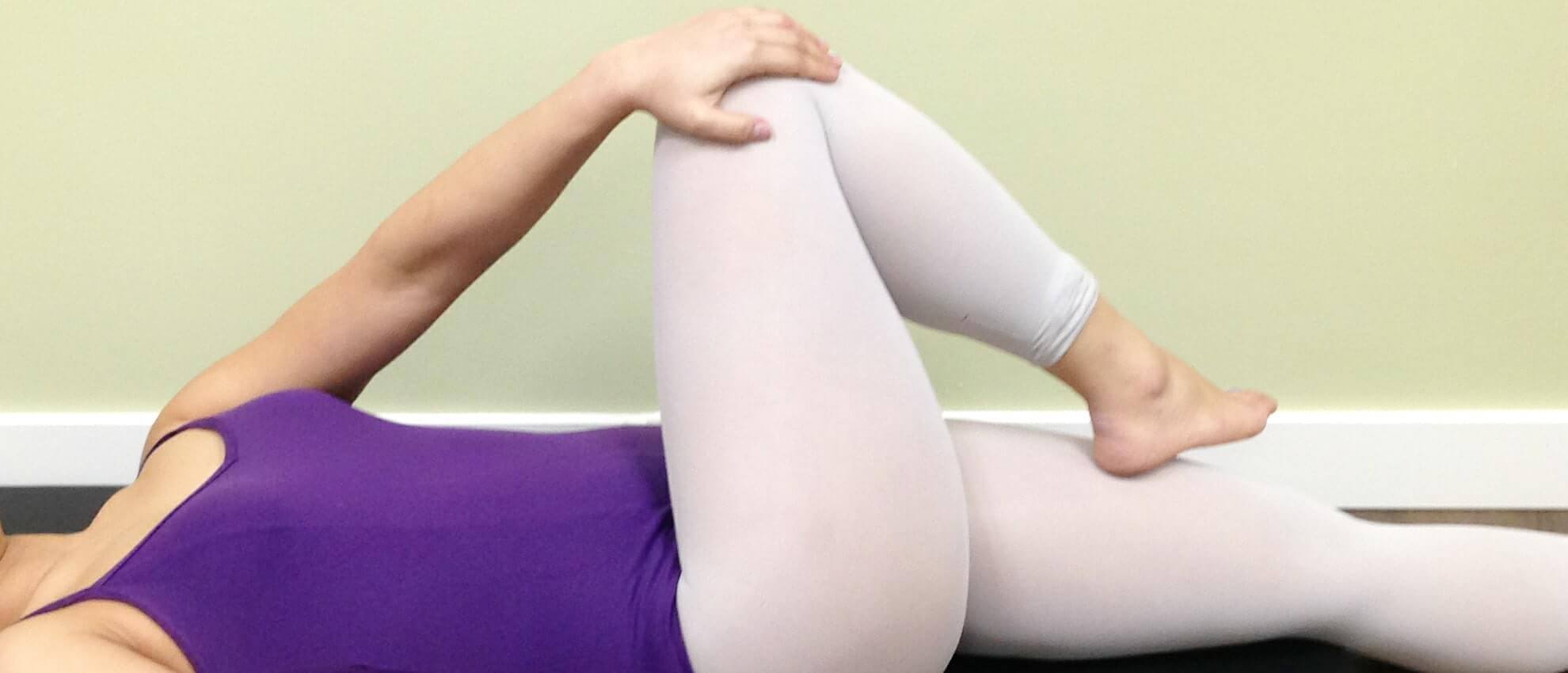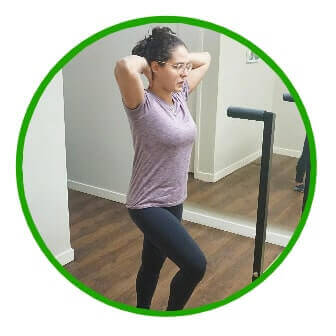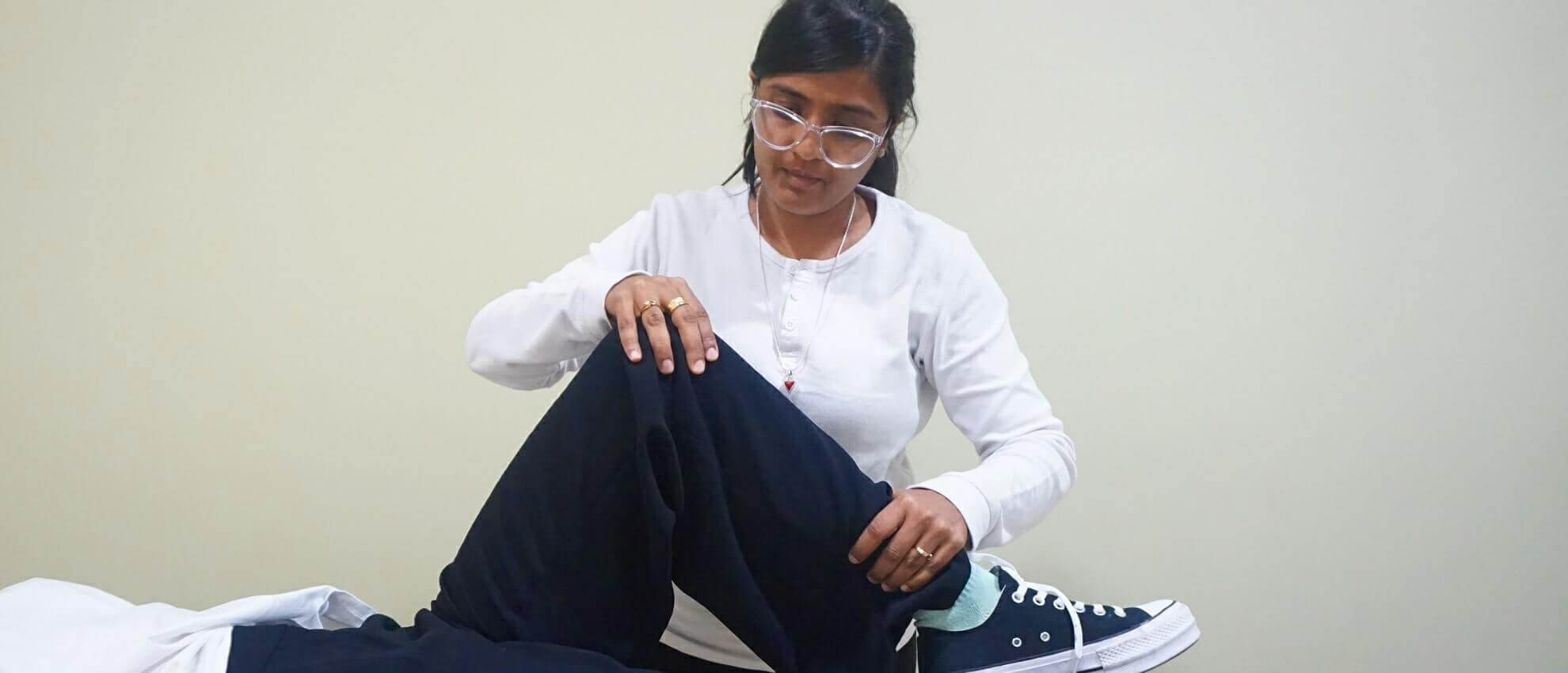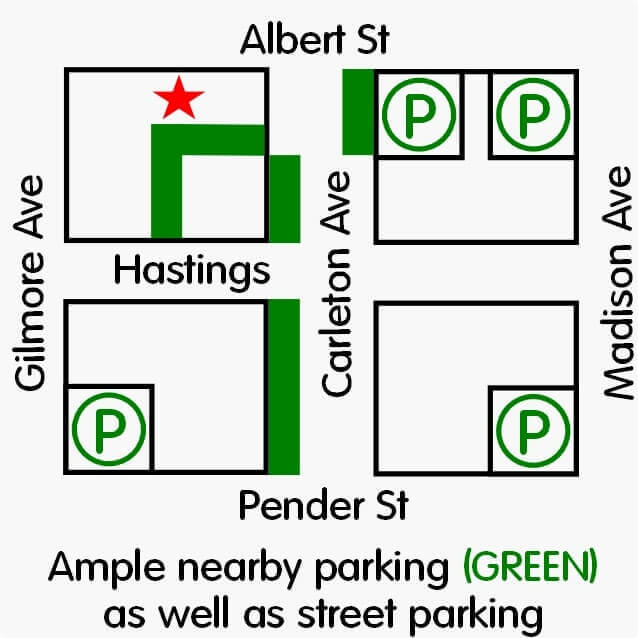How To Reduce Knee Pain With Physiotherapy
Find out how to reduce knee pain with physiotherapy exercises
What is knee pain?
Physio for knee pain
This means that every day, things are changing: bone is broken down and rebuilt, muscles tear and new muscle is formed to make them heal and become stronger. This is normal.
KNEE PAIN, ARTHRITIS
Knee Pain Causes
Types Of Knee Pain
Knee Pain Exercises
What Is Knee Pain?
What is arthritis?
Arthritis is a term that relates to any disorder which affects your joints. The meaning behind “arthritis” is joint inflammation. Arthritis can affect different joints throughout your body. There are many types of arthritis. Some of the more frequent types seen include:
- Osteoarthritis
- Rheumatoid arthritis
- Ankylosing spondylitis
- Gout
- Juvenile arthritis
- Psoriatic arthritis

What Causes Knee Pain?
Just as there are many different forms of knee pain, the causes of your knee pain can also vary. Some common causes of knee pain treated by your physiotherapist include:
- Bursitis
- Iliotibial band syndrome, or ITB syndrome
- Infection
- Knee arthritis
- Ligament sprain (eg. ACL, MCL)
- Muscle strain
- Osgood Schlatter disease
- Poor alignment of your knee cap or patella (Patellofemoral pain syndrome, of PFPS)
- Tear in your knee meniscus
- Tendonitis
Knee pain from an injury happens quite often such as a fall, accident or sporting event such as knee pain after cycling. Other times, what can cause knee pain without an injury includes the daily wearing down of your knee over time or with repetitive use.
Types of knee pain
Knee pain and pain in general can often be categorized partly based on how long you have been having the pain. For example:
- Acute: Pain that has been around for less than 3 weeks
- Sub-acute: Pain lasting between 3 weeks and 3 months
- Chronic knee pain: Any pain lasting longer than 3 months
Is It Rheumatoid Arthritis Or Osteoarthritis
Rheumatoid Arthritis
Rheumatoid arthritis can usually be found on both sides of your body. It can also affect several other joints throughout your body such as your fingers, wrists and feet. It can lead to changes in your skin, blood, heart, eyes and lungs. With rheumatoid arthritis, there can sometimes be a family or genetic history as well.
With rheumatoid arthritis, mornings will usually be toughest for you. With rheumatoid arthritis, you will feel it more after staying still for longer such as after sitting for awhile.
Osteoarthritis
With osteoarthritis, it usually only affects 1 joint and is often due to wear and tear over time. The cartilage that sits between your bones can get worn down over time. Osteoarthritis is also known as degenerative joint disease.
Pain from osteoarthritis is usually sharp. It typically will get worse later in the day or after you have been more active. You may notice knee pain when squatting, or have knee pain with running. The most typical places to get osteoarthritis are in the joints in your hands, hips, knees and spine.
Symptoms of knee arthritis
Arthritis in your knee can be either rheumatoid arthritis, osteoarthritis or even both. With arthritis, some of the symptoms you may feel can include:
- Discomfort related to weather changes
- Feeling of warmth around your knee
- Hard to bend or straighten your knee
- Joint stiffness
- Knee locking, clicking, grinding
- Knee pain in cold weather
- Pain behind your knee
- Pain in knee when bending
- Pain when standing or putting pressure on your knee
- Swelling
Get Back On Your Feet
Call us to schedule an assessment with one of your North Burnaby physiotherapists. Learn how to help your knee pain today

Where Is Your Knee Pain Located?
- Above your knee cap (patella): Quadriceps tendinopathy
- Back of knee pain: Arthritis, Bakers cyst, circulation problems, hamstring strain, ligament sprain
- Below your knee cap: Jumper’s knee, Osgood-Schlatter disease
- Inside of knee pain: Arthritis, bursitis, meniscal tear, MCL sprain
- Knee cap pain: Arthritis, bursitis, runner’s knee
- Outside part of your knee: ITB syndrome, LCL sprain

How Can A Physiotherapist Help Reduce Knee Pain And Arthritis
Arthritis will not go away but many live without pain. Studies have proven that aerobic and strengthening exercises are safe for osteoarthritis and can reduce your knee pain, even with bone-on-bone arthritis. Exercise does NOT make the disease progress faster. Research shows that running can actually protect your knee.
What will a physiotherapist do for knee pain
Manual therapy: Joint mobilization can temporarily relieve pain and increase range of motion. Afterwards, proper stretches for knee pain can prolong the changes
Knee pain treatment can include
Weight loss: Does losing weight help knee pain? For every 1lb lost, there is a 4lb reduction in pressure on the knee. Your physiotherapist can prescribe a safe, effective exercise program to promote weight loss. Even without losing weight, the treatments here can help provide knee pain relief
Physiotherapy Exercise For Knee Pain
Strengthening exercises
Exercise at least 2x/week to increase strength and reduce pain. Your physio can assess which muscles are weak and teach you exercises with the home equipment you have
- Offloads pressure on the joint
- Improves alignment
Aerobic exercises for knee pain
An exercise program consisting of the things you like to do so your body can adapt and learn to do them with less pain
- Pumps out inflammation
- Improves cartilage health
- Releases healing synovial fluid into your joint
Arthritis and exercise
For those with osteoarthritis, rebuilding and adapting to exercise can take longer. This does not mean that you should stop exercising, just that you may need more guidance.
When you exercise, these processes happen much faster as your body adapts to the increased load. Your body must lay down bone and muscle in the body parts you are exercising.

Patient Review
 Araceli
Araceli
Very knowledgeable and professional
And mostly kind with the patient, I took my senior mom to other physiotherapists and none of them made her feel secured in regards to her knee issue , the attention to detail and care that Dr Ramos gave her truly made her day and at same time , we went home with a painless knee and a happy mom .
Posted on Google
Frequently Asked Questions
What does a physiotherapist do for knee pain or arthritis?
They can help guide you on the best and safest exercises for your knee. Exercise rehab is an important component in managing your knee pain and arthritis, as the goal is to allow you to stay active and moving
What are the first signs of arthritis in my knee?
Can I get rid of arthritis in my knee?
What are some good exercises for my knee arthritis?
Also important is knowing when to exercise and when to rest, as well as what knee pain exercises to avoid. Take advantage of those days where your knee is cooperating and feeling better. When you have a flare, it is alright to take a break and rest for a brief time
Get Back On Your Feet
Call us to schedule an assessment with one of your North Burnaby physiotherapists and they can help you learn how to stop knee pain

